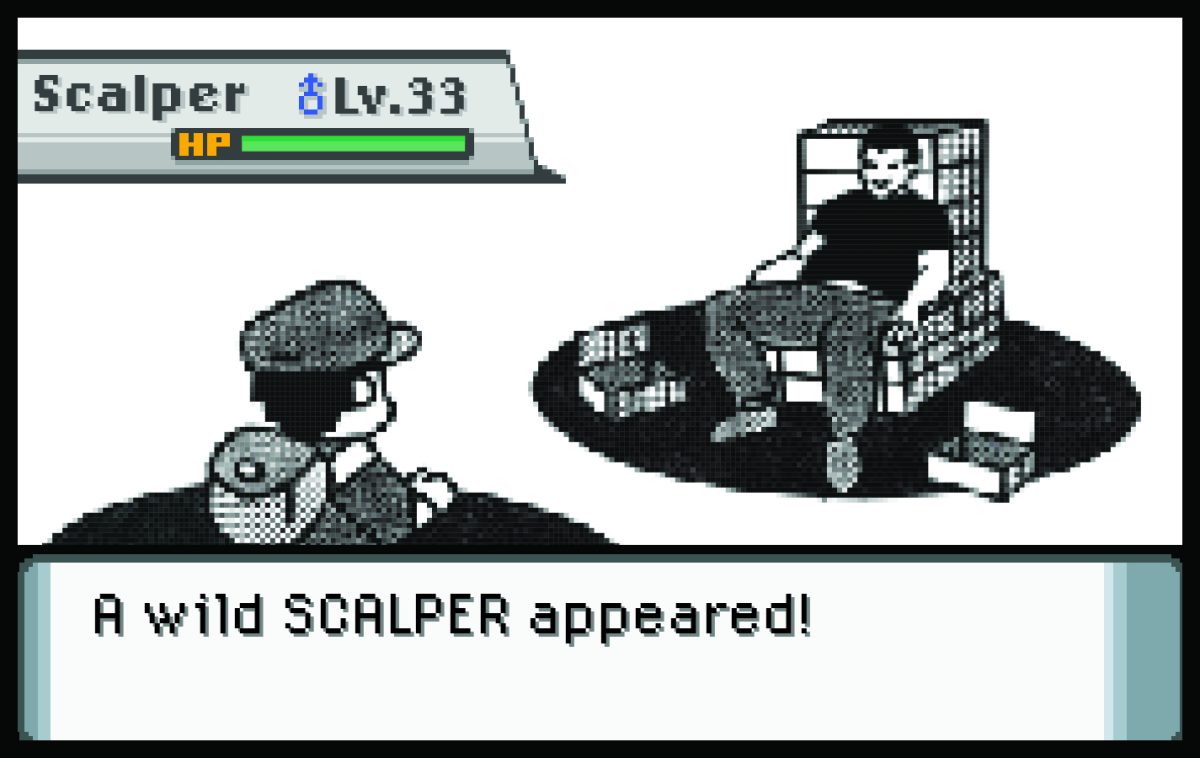Barren shelves, ripped-open merchandise and a lack of fulfillment have become all-too-familiar experiences for collectors of Pokémon trading cards.
The hobby has seen its fair share of spikes and dips over the years, with notable spikes occurring during the COVID-19 pandemic. With the release of the Pokémon Trading Card Game (TCG) on mobile devices, a new surge of popularity has come to the Pokémon brand.
Offering new and returning fans the opportunity to collect and play with digital cards free of charge, the mobile game has led many to start collecting physical cards. While that may sound healthy for the hobby, the reality is a craze that’s resulted in scalping and a mass shortage of products.
The main draw of collecting Pokémon cards is the various rarity tiers that influence a single card’s value. The bulk of cards in a booster pack fall into the common and uncommon rarities, and as of the Scarlet and Violet era, a guaranteed rare holographic card.
The true chase cards, however, are the ultra rare cards. “Ultra rare” is a blanket term used to describe cards in the double rare, ultra rare, illustration rare (IR), special illustration rare (SIR) and hyper rare tiers. What sets these cards apart are their unique artwork, typically showcasing Pokémon in various environments with often breathtaking art styles.
Of course, the rarity of these cards also plays a great deal in how sought-after they are.
One of the most infamous sets of recent years is without a doubt Evolving Skies. Known for its ultra rare Eeveelution cards, single booster packs for this set sell for more than $15, versus the typical $5. The number one chase card, the alternate art Umbreon Vmax, currently sells for well over $1,300, but can continue to increase.
This lucrative potential has completely infested the hobby, driving people to buy out mass amounts of product. Hoping to either rip open packs to pull the chase card and break even, or resell products for exorbitant prices, these speculative buyers leave not even scraps for the casual collector.
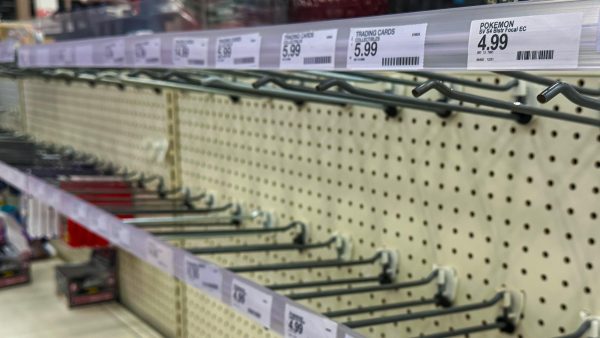
“I’ve had people in here basically try to force me to sell them all of my stock, and I’m like ‘no,’” said Luis Carlos Mendoza, owner of Bird Dog Cards and Comix. “And they get very pushy, it’s kind of weird. They get a little aggressive, actually.”
The most recent expansion set, Prismatic Evolutions, has been making waves for all of the wrong reasons. Bringing back Eeveelutions, every wannabe “investor” has been after whatever product they can get their hands on. The demand reached levels so out of control, that the Pokémon Company themselves issued a statement promising heavy reprints of the set for true fans to enjoy the cards.
Mendoza received very little in the way of Prismatic Evolutions products, so rather than selling them he used them as prizes for winners of their TCG tournament nights.
“They’re here playing every week,” Mendoza said. “I think it’d be better if they get it, rather than some people I don’t really know and are probably trying to scalp the product.”
Despite all this insanity, there are still businesses like Bird Dog, with genuine love for the hobby, trying to keep the playing field fair.
“I’m not here to try to make an insane amount of money,” said Lorelei Duncan of Led Gengar. “Obviously I do this for a living, so I have to make enough to live, but I try to always be fair.”
Duncan has had a love for the Pokémon brand since she was six years old, participating in Pokémon League events, and later serving as a referee at TCG tournaments. This love led her to open her own online card shop out of Modesto back in 2017. She also live streams full-time on Twitch, doing pack openings and engaging with her community.
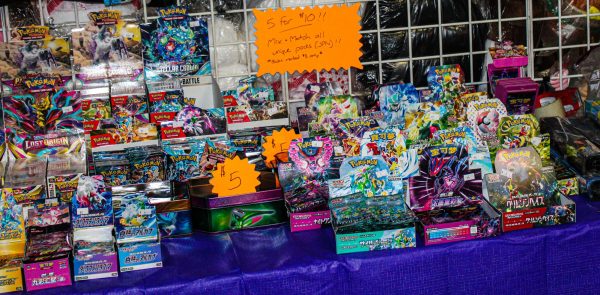
Having intimate knowledge of the industry as a fan, collector and business owner, Duncan sees the nuance that comes with current market prices, and the important distinction between price-gouging and keeping a business afloat.
“There are a lot of scalpers out there buying tons of product, but it’s kind of a two-sided coin because the Pokémon market has been crazy this past year,” Duncan said. “People expect booster boxes to be $100, but when you’re a brick and mortar store it’s hard to sell something you’re spending $90 for only $10 more, because you’re paying taxes and fees on that product.”
Duncan acknowledged that she’s fortunate to have been in the business for a long time and thus gets plenty of stock to provide to the community at MSRP prices.
However, she noted that stores that are only just getting into the game get significantly less product if any at all, and thus have little choice but to match the market value set by scalpers in hopes of getting the most out of their inventory.
With retail stores being instantly bought out and fleeced, and smaller stores struggling to make a profit with smaller allocations, it begs the question of what could possibly be done. One of the simplest ways to counteract this craze is placing limits on purchases.
“For the first weekend, I do limit things to just one per customer just because it’s new,” Mendoza said. “After that first week, then I’ll take limits off.”
Bigger stores like Target and Costco have finally caught on to the near-violent fights over restocked products, and have begun issuing limits of two items per customer. While this is merely placing a Band-Aid on such an epidemic, it’s definitely a step in the direction of containment.
Though things seem dire for the economy of Pokémon collecting, there is light at the end of the tunnel, and Duncan believes that things are on the right track to eventually come back down.
“We’ve seen this all happen before, like in 2020, and I actually think it’s kind of nice,” Duncan said. “I feel like people are more excited about Pokémon when it’s a little more hype.”

